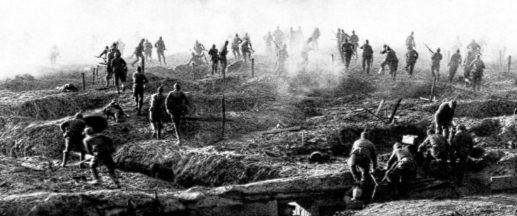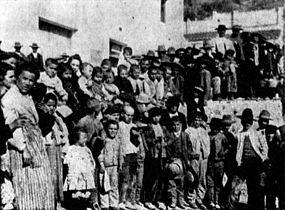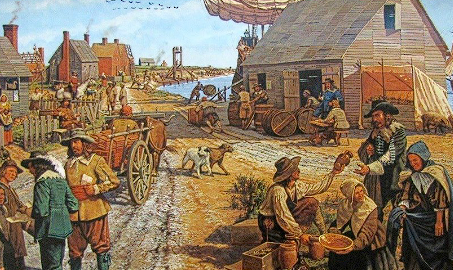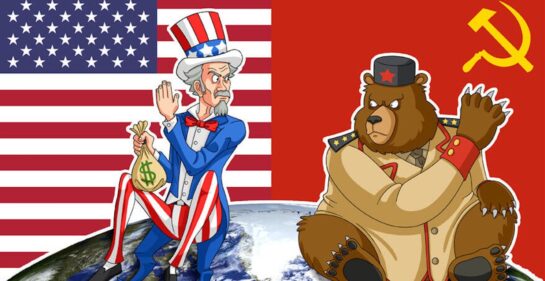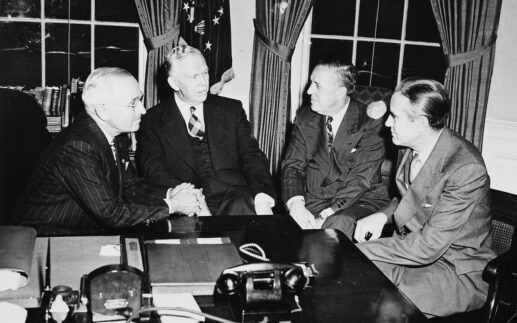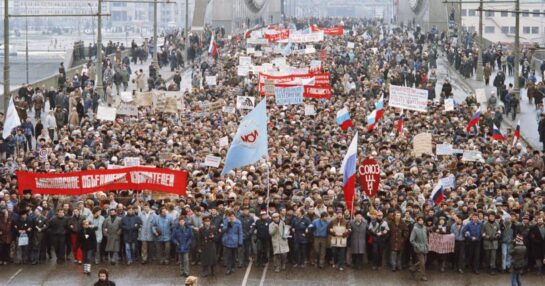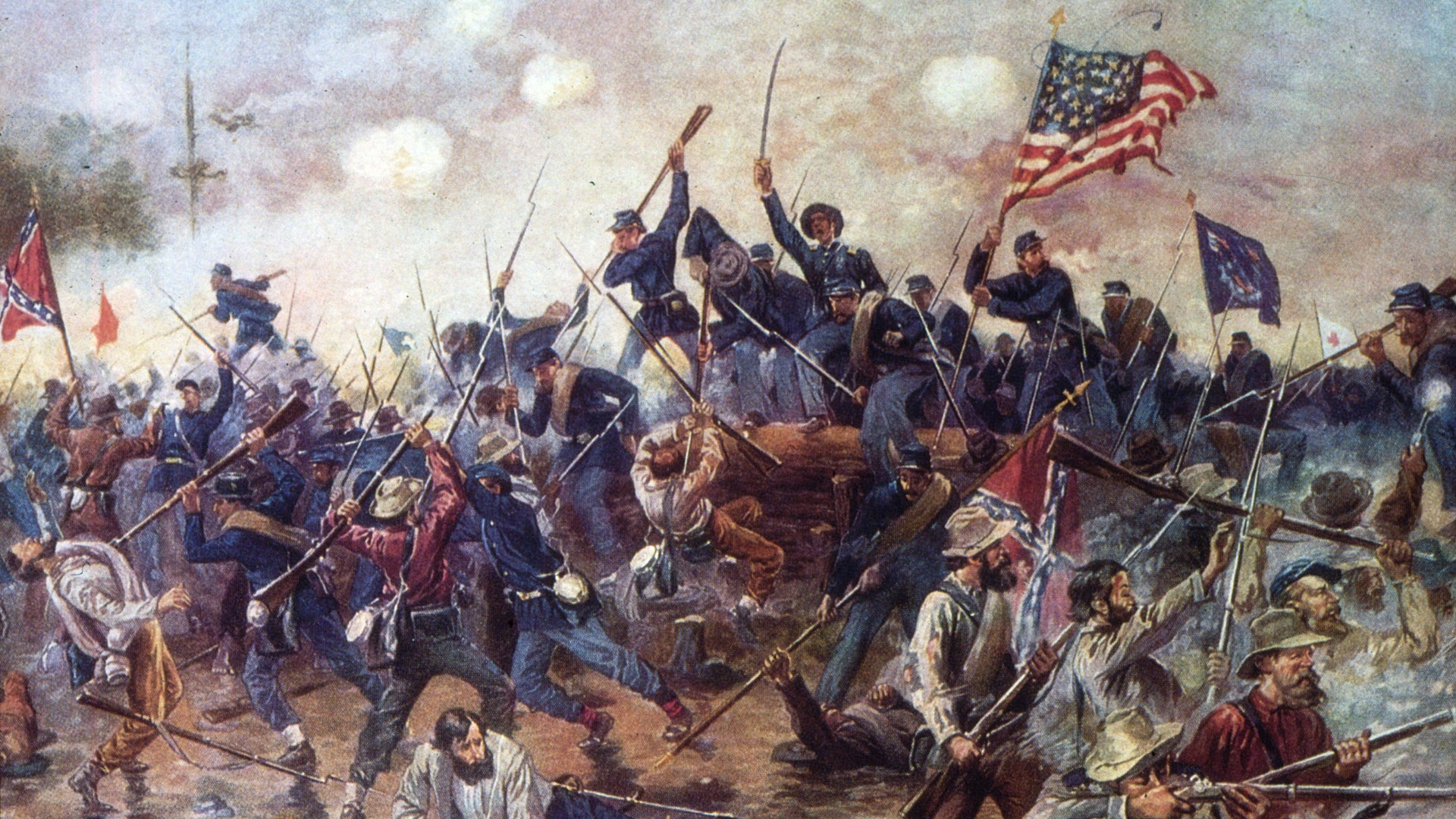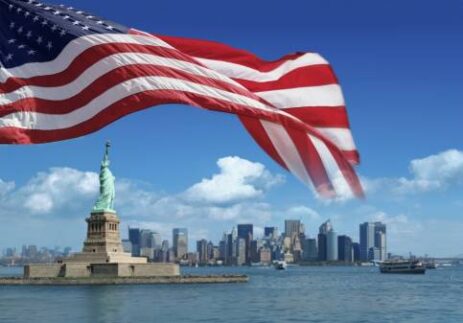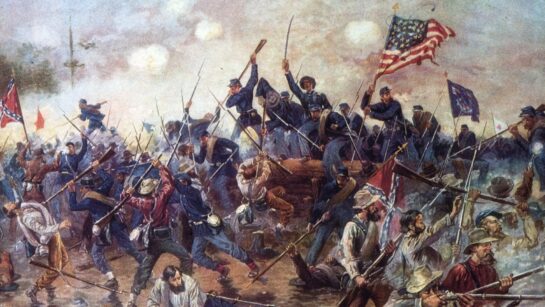Company profile
Visa Inc. is a global payments technology company that facilitates electronic funds transfers throughout the world. Here’s an overview of its history and profile:
History:
- 1958: Bank of America launched the BankAmericard, the first-ever consumer credit card program in the United States.
- 1970: The program expanded internationally, and other banks outside the U.S. began issuing BankAmericards under license.
- 1976: To manage the growing international presence, the company formed the Visa International Service Association.
- 2007: Visa went public with an initial public offering (IPO) on the New York Stock Exchange, making it a publicly traded company.
- 2008: Visa Inc. restructured, becoming a publicly traded company, while Visa Europe remained a separate entity.
- 2016: Visa Inc. completed its acquisition of Visa Europe, reuniting the two entities.

Profile:
- Core Business: Visa operates the world’s largest retail electronic payments network, enabling individuals, businesses, and governments to use digital currency. It facilitates electronic funds transfers through its network of branded credit, debit, and prepaid cards.
- Network: Visa’s network connects millions of merchants, financial institutions, and consumers worldwide. It processes transactions in multiple currencies, enabling purchases and payments across borders.
- Products and Services:
- Payment Processing: Visa provides payment processing services for credit, debit, and prepaid transactions.
- Digital Payments: It offers digital payment solutions, including mobile payments and digital wallets.
- Risk and Fraud Management: Visa provides services to help mitigate fraud and manage risk in electronic transactions.
- Data Analytics: Visa utilizes data analytics to provide insights into consumer spending habits and trends.
- Financial Inclusion: Visa works to expand access to financial services, particularly in underserved communities, through initiatives like Visa’s Financial Inclusion 2020 program.
- Global Reach: Visa operates in over 200 countries and territories, making it one of the most widely accepted payment networks in the world.
- Partnerships: Visa collaborates with banks, merchants, technology companies, and other stakeholders to innovate and expand its services.
- Innovation: Visa invests heavily in research and development to stay at the forefront of payment technology. It explores emerging technologies like blockchain and artificial intelligence to enhance its offerings.
- Corporate Social Responsibility: Visa is involved in various corporate social responsibility initiatives, including financial literacy programs and environmental sustainability efforts.
- Financial Performance: Visa consistently generates significant revenue and profit, driven by the increasing global shift towards electronic payments.
Visa’s role in the global payments ecosystem continues to evolve with advancements in technology and changes in consumer behavior, making it a key player in the digital economy.




